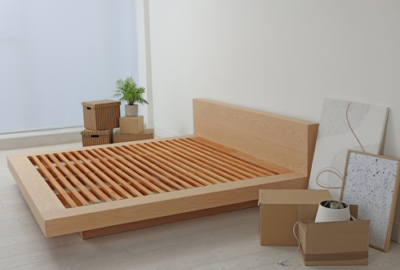Insulation Removal How To Safely From Your Home
The recent cold weather has made many homeowners in the Northeast desire to get their Insulation Removal. Many people are concerned about the health implications of staying warm without proper insulation, while others want the process done.
There are a few things to keep in mind when removing insulation:
- Make sure you have all your materials before starting – this includes your tools, a ladder, and access to the roof or attic space you plan on working in.
- Wear safety gear, including gloves, a face shield, and eye protection – even if you don’t think there’s any chance of getting hurt, accidents can happen.
- Use caution when climbing up or down ladders – be aware of potential falls that could cause serious injury or death.
- Get a professional to do the job. Removal of insulation can be a dangerous task if done incorrectly. If you are doing the work yourself, use safe tools and practices, and wear protective gear.
- Plan the job carefully. Before beginning the insulation removal, map out where all the fixtures and wires are located in your home. This will help you avoid injury while working on the roof or walls.
- Use caution when cutting or drilling into walls or ceilings. Always use a saws-and-drills guard and ensure no debris is on top of the cut before proceeding.
Safely Remove Insulation From Your Home
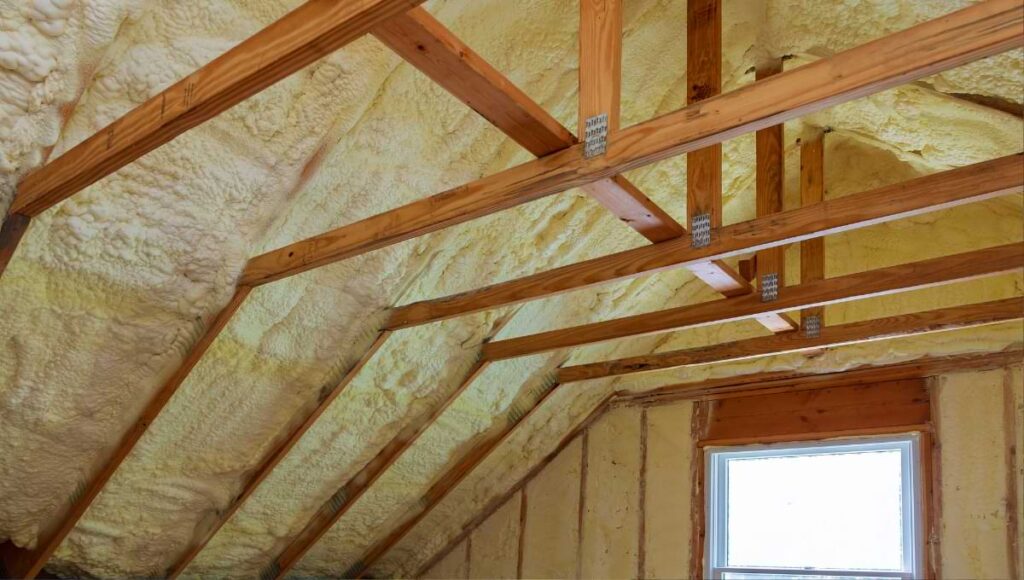
Removing insulation from your home can be a difficult and time-consuming process.
Here are some tips to safely remove insulation:
- Wear protective gear, including gloves, a dust mask, and eye protection.
- Use a lasso or other secure method to tie off the ends of the cables while you work. This will prevent the insulation from falling onto you or onto the ground.
- Work in small areas at a time and use a ladder if necessary to reach high areas.
- Use a saw to cut through the insulation rather than pulling it off; this will minimize potential injuries from sharp edges on the insulation or roofing materials.
- Once the insulation is removed, clean up any messes and replace any damaged materials.
- Store removed insulation where children cannot access it.
- Use a respirator when removing insulation. Wear a NIOSH-approved respirator with organic vapor proof level 3 or better protection when removing insulation.
- Avoid contact with the insulation during removal.
- Avoid overheating and injuring your hands, arms, and face when cutting or poking holes in the insulation.
- Always ensure you have a ventilation window open during removal so that air can circulate through the insulated space.
- Be careful to avoid falls through holes cut in the insulation.
- Never cut or poke holes in the insulation larger than 1/4 of an inch or as needed for ventilation.
Steps And Guidelines
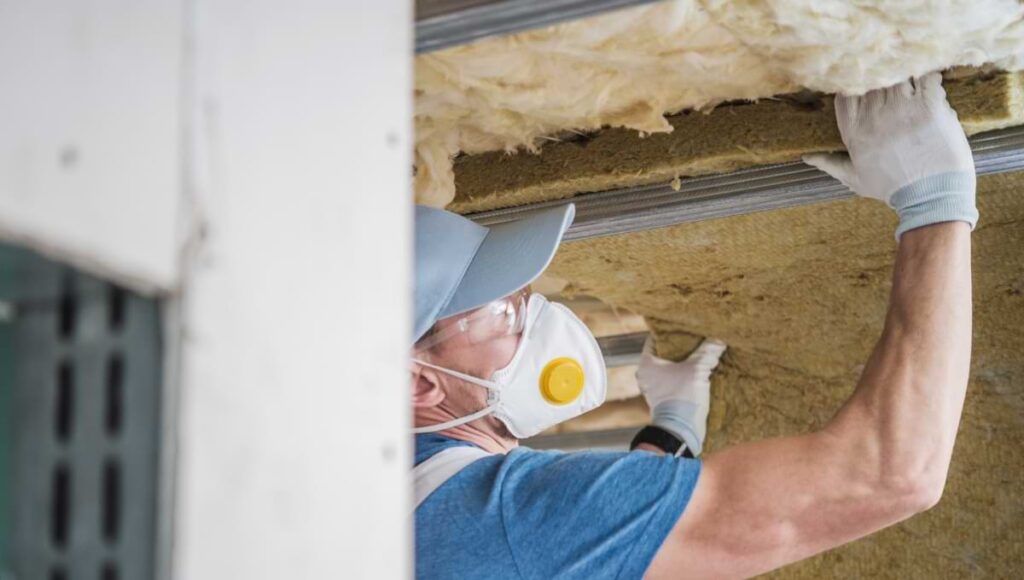
If you are considering removing insulation from your home, there are a few things to keep in mind:
- Make sure you have the correct tools and equipment.
- Follow safety guidelines when removing insulation.
- Clean up any debris afterward so your home remains clean and energy-efficient.
Insulation removal is an important step in any home renovation project. Following steps, guidelines, and safety precautions when removing insulation is important.
Here are the key steps:
- Identify all sources of heat and cold in the home.
- Safely ventilate the area where insulation is being removed.
- Wear protective clothing, gloves, goggles, and a face shield.
- Use a power or reciprocating saw to cut through the insulation layer without cutting through the underlying support beams or walls.
- Check for any wiring or pipes that might be endangered by cuts made in the insulation layer and avoid contact with them if possible.
- Restore any damaged surfaces after insulation removal with a sealant such as silicone caulk or roofing cementitious material (CEM).
Results Of The Insulation Removal Process
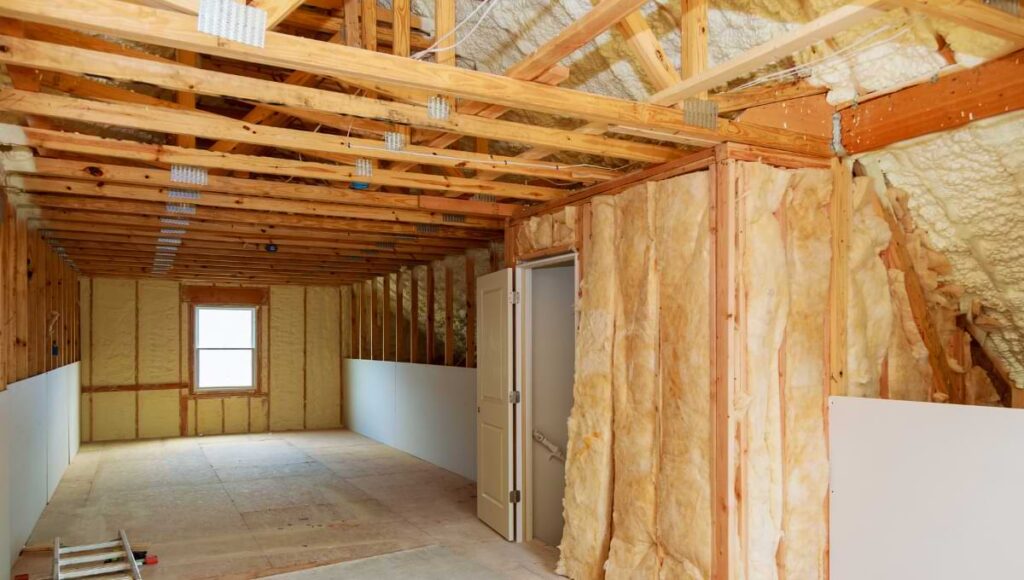
Removing insulation from your home can be daunting, but with the right precautions, it can be done safely and without damaging your property.
Here are tips for insulation removal:
- Start by scouting out the areas you need to remove insulation. Make a list of all the rooms in your home and figure out which ones need the most insulation removed.
- Wear protective gear, gloves, dust masks, and eye protection when removing insulation. If you are working with an open flame, use a safe burning tool such as a propane torch.
- Make sure you are in a well-ventilated area. If possible, remove insulation on a windy day or have a fan running to blow the dust out of your way.
Insulation Removal A Comprehensive Process
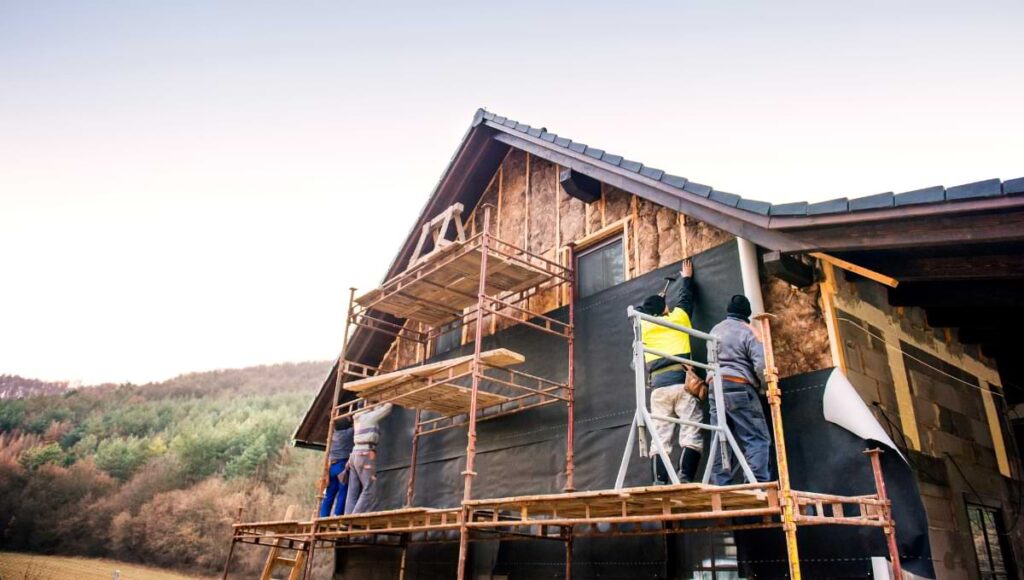
A comprehensive insulation process is necessary to remove all the insulation and debris from a building. This process can be divided into four main steps: surface preparation, scraping, vacuum cleaning, and inspection.
Surface Preparation
The first step in the insulation process is surface preparation. This involves removing any loose or damaged insulation from the exterior of the building. Any loose or detachable material must be removed before scraping can begin. This includes anything that could conceivably fall off during the removal process, such as shingles, gutters, and even large pieces of the insulation itself.
Scraping
The next step in the insulation removal process is scraping. Scraping is a method of removing all the insulation from walls and ceilings using a vibrating scraper.
What You Can Expect
If you’re thinking about insulation, there are a few things to expect. First and foremost, it’s important to have a good plan in place before starting the work. Secondly, be prepared for dust and debris – this is inevitable when removing insulation from walls or ceilings. Third, be sure to have the correct tools for the job; second, make sure to wear protective gear; third, use a safe and effective insulation method; fourth, be patient and take your time; fifth, dispose of insulation properly; and sixth, be aware of potential dangers. Finally, be aware that exposing your home’s wiring and plumbing can increase your risk of damage.
Handling Insulation

There are a few ways to remove insulation from your home safely. One way is to use a thermal camera to identify the areas needing insulation replaced and hire an insulation contractor. Another way is to use a thermal imager and hand tool to insulate specific areas of your home, such as the attic or walls near windows. Insulation is an important part of a home’s insulation. It is responsible for keeping the house warm in the winter and cool in the summer. The problem is that insulation can be difficult to remove. But they all have their risks and benefits.
The most common way to remove insulation is with a vacuum cleaner. This method is safe, but it can take time and effort to clean up the mess. Another method is to use a heat gun or an electric heater. This method is fast, but it can cause damage to the surrounding area if not done properly. Finally, a thermal stripping machine is the best way to remove insulation. This machine quickly removes the insulation without damaging the walls or flooring. However, this method is expensive and not always available.
How To Avoid Injuries And Keep Debris Away From Your Home
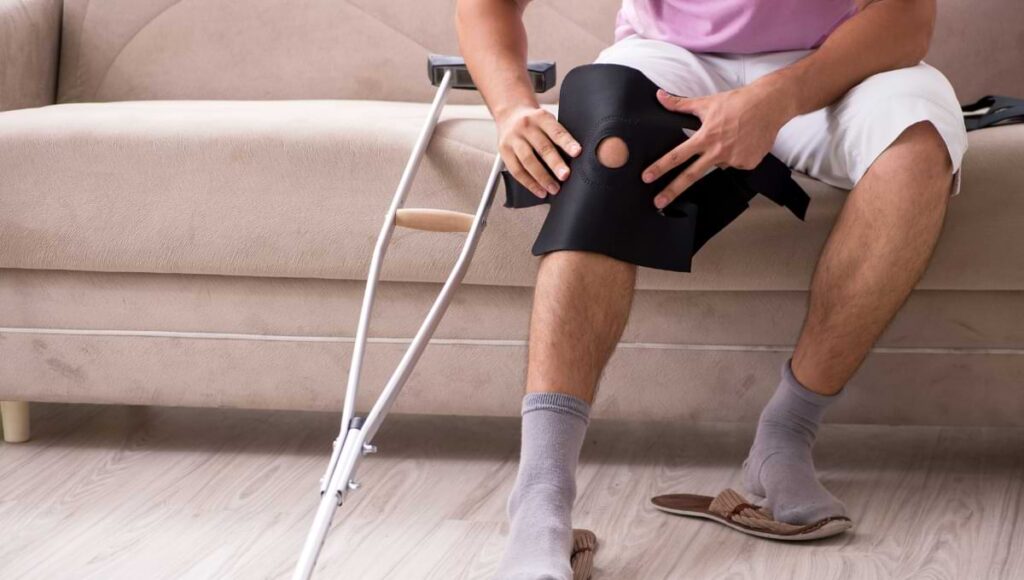
First and foremost, always use caution when working with electricity and other dangerous materials. Second, wear protective gear, including gloves, a face shield, and bib overalls. And finally, make sure to clean up any debris left behind – insulation is a combustible material! Insulation removal is a common task for homeowners. Home insulation can become trapped between the walls and the ceiling, creating an insulation hazard.
To avoid injury:
- Remove insulation by gently pushing it down from the top and pulling it away from the wall.
- Use a hand or power cordless saw to cut through the insulation if necessary.
- Wear safety goggles and gloves to protect your hands and arms from debris.
Cleanup Tips
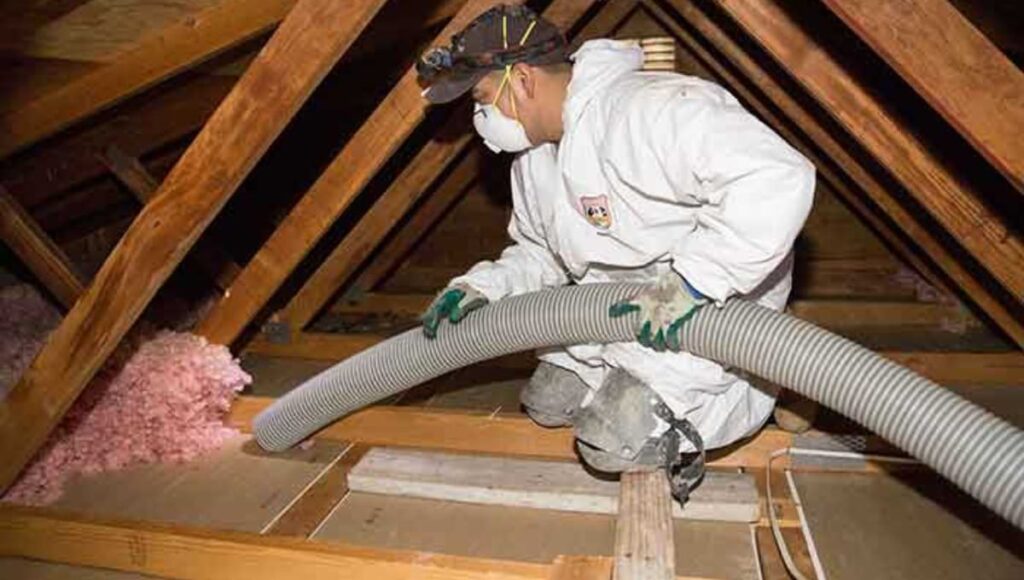
Insulation is a dangerous task that requires proper clothing and equipment to avoid getting injured.
Follow these tips to remove insulation from your home safely:
- Wear heavy work gloves and safety goggles to avoid skin exposure.
- Avoid contact with sharp edges on the insulation, which can cut you.
- Use a ladder to help reach high areas.
- Use a bucket or other container to catch any debris while insulation is being removed.
Insulation is a necessary step in any restoration or remodeling project. There are various ways to remove insulation, but the most common methods are using a sledgehammer, a claw hammer, and a chisel. The most important step in insulation is to avoid damaging the underlying structure. After removing insulation, it should be disposed of as environmentally friendly. It can be burned in a fireplace or off the house with a propane torch.
Video Review
What To Do Once The Insulation Is Removed
When insulation is removed from a wall or ceiling, it’s important to take precautions to avoid damage. Ideally, insulation should be cut away with a utility knife so that any wires or pipes hidden behind the insulation can be seen and safely removed. If wires or pipes are exposed, they must be protected with a sealant such as hot tar or caulk. Once the insulation is removed, primer and paint can be applied directly to the drywall and ceilings.
What Is Insulation, And Why Should It Be Removed?
To safely remove insulation from your home, you’ll need the proper tools and a few safety tips. Start by removing any objects or furniture in the way, and then use a ladder to access the attic or roof. Next, use a hand saw to cut away insulation, then use a vacuum cleaner to clean up any debris. Finally, seal any cuts with silicone caulk or sealant. Insulation is one of the most common building materials used, and it is often considered an essential part of a home’s energy efficiency. Insulation can even help reduce your monthly utility costs!
However, if insulation is not removed or properly installed, it can cause significant damage to your home’s structural integrity and create dangerous conditions for you and your pets. When properly removed, insulation can be recycled or disposed of in an environmentally responsible manner. If you are unsure if insulation needs to be removed or replaced, contact a qualified professional for help.
Why Is Insulation Important?
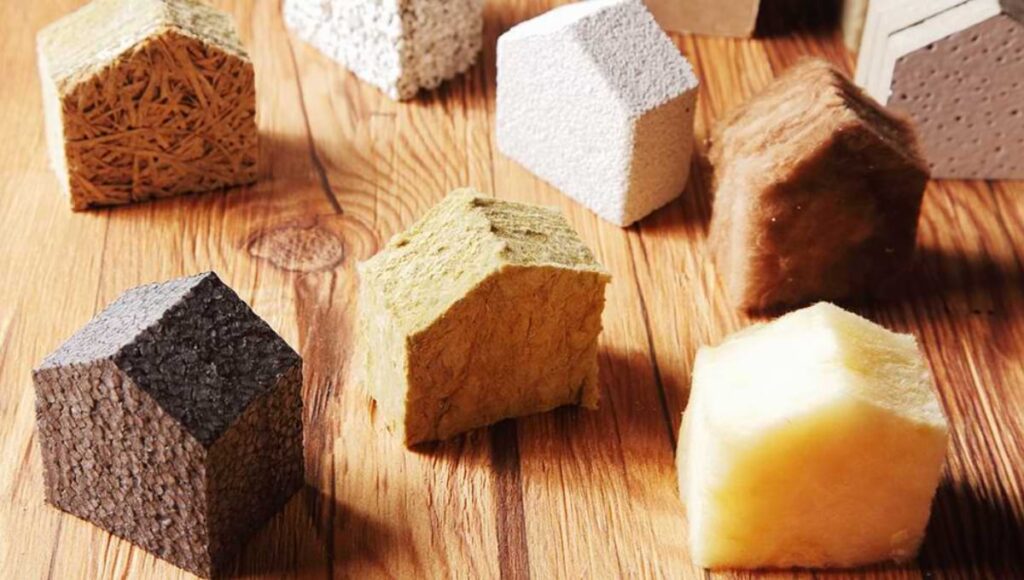
Insulation is important because it helps keep a home or office warm in the winter and cool in the summer. It also reduces energy costs. In most cases, a professional must remove insulation to be effective. Insulation is an important part of any home’s heating and cooling system. When insulation is properly installed and maintained, it can help reduce energy costs by helping to keep your home cooler in the summer and warmer in the winter. Proper insulation also helps to protect your home from moisture damage. If you are planning to have your insulation removed, be sure to consult with a qualified contractor.
What Tools And Techniques Are Best For The Job?
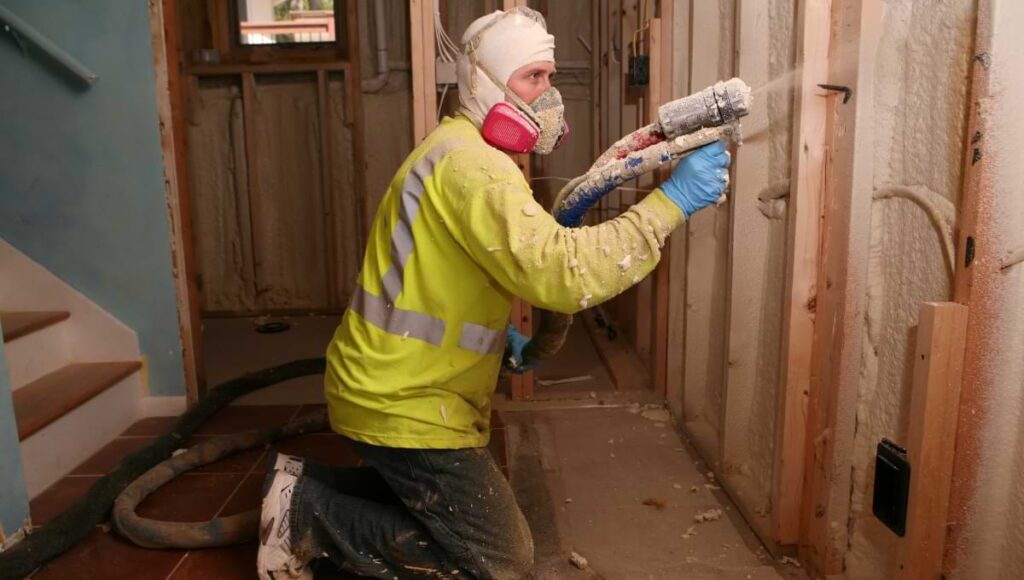
Insulation can be a major problem when removing it from a structure. Different insulation materials require different techniques, so it is important to know the best tool for the job. Some of the most common insulation tools include chisels, saws, hammers, and pneumatic tools. Each has its strengths and weaknesses, so it is important to choose the right one for the task at hand. To avoid damaging the surrounding wall structure, it is recommended to use a sturdy work table and ensure that all parts of the insulation are covered when using any tool.
The Different Types Of Insulation
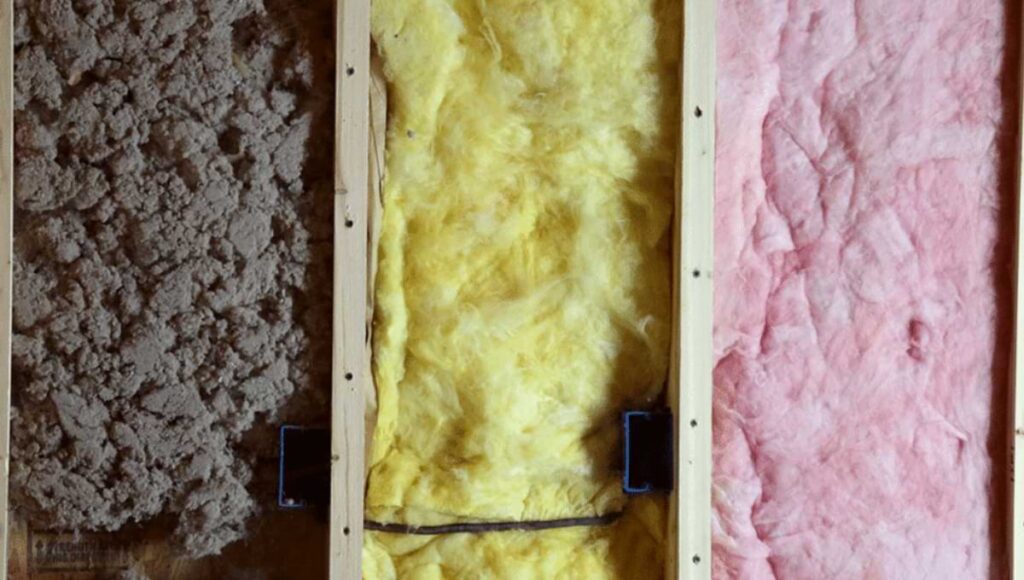
There are several types of insulation, each with its benefits and drawbacks.
The most common type of insulation is thermal, which is used to keep buildings warm in the winter and cool in the summer. Thermal insulation is made up of small material installed between the studs and the outside wall.
R-22 is a popular thermal insulation material because it’s both energy-efficient and environmentally friendly. R-22 can be installed in new construction or retrofitted to an existing building.
Despite its popularity, R-22 has some drawbacks. For example, it’s not as effective at keeping heat inside in cold climates, and it releases moisture vapor into the air, which can cause serious problems like mold growth.
Another type of insulation is acoustic, which reduces noise levels in a building.
The Dangers Of Insulation Removal
The dangers of insulation are many and varied. However, the improper removal of insulation can result in the following:
1) Damage to wiring and electrical systems.
2) Increased energy costs.
3) A dangerous build-up of heat and humidity.
4) A fire hazard.
5) Serious injury or death.
Projects To Complete After Insulation Removal
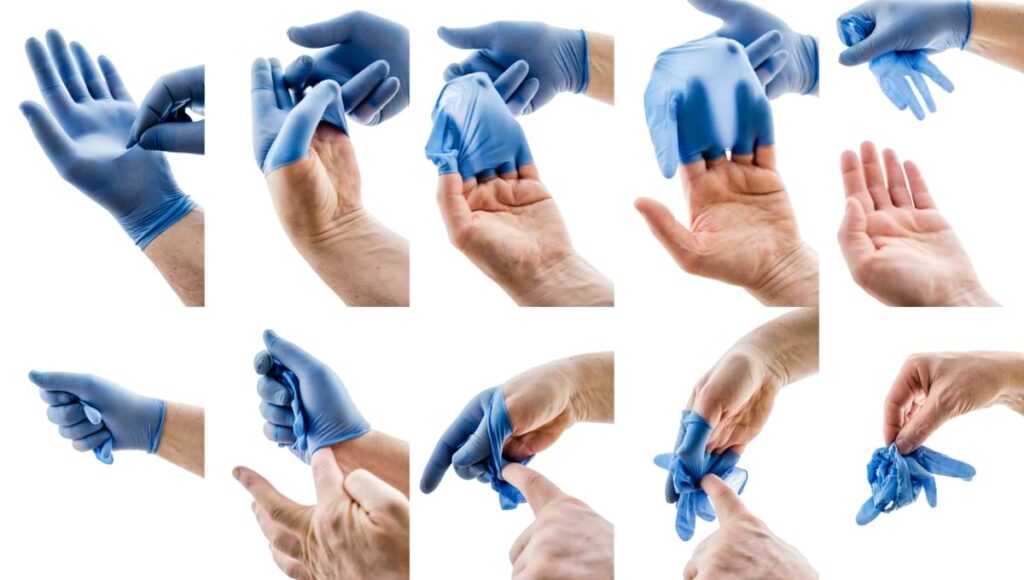
After insulation, it is important to ensure all the insulation is removed from all home areas. This includes the attic, walls, and ceilings. Once all the insulation is removed, it is important to seal any openings where air leaks and pests can enter. It is also important to clean up any debris the insulation process may have left behind.
- Air Sealing
- Electrical Repairs
- Radiant Barrier Installation
- Plumbing Repairs
- Air Duct Replacement
- Whole House Fan Installation
- Flooring Installation
Conclusion
Always consult a professional when insulation removal is required, and use the following tips to help make the process as safe as possible for both you and your home:
- Wear appropriate safety gear, including gloves, a face mask, and sturdy shoes;
- Use a backing sheet underneath any furniture or other objects that may fall during the removal process;
- Work from the bottom up, removing the insulation from the highest points of the home first;
- Make sure any electrical
If you are looking to remove insulation from your home safely and without damaging any property, follow these simple guidelines:
- Use a broom or a dustpan to sweep away loose insulation. Make sure to avoid touching the electrical wires.
- Use a vacuum cleaner with a hose attachment to suck up any excess insulation. Make sure to avoid the electrical wires.
- Wear safety goggles and gloves when removing insulation from your home.




